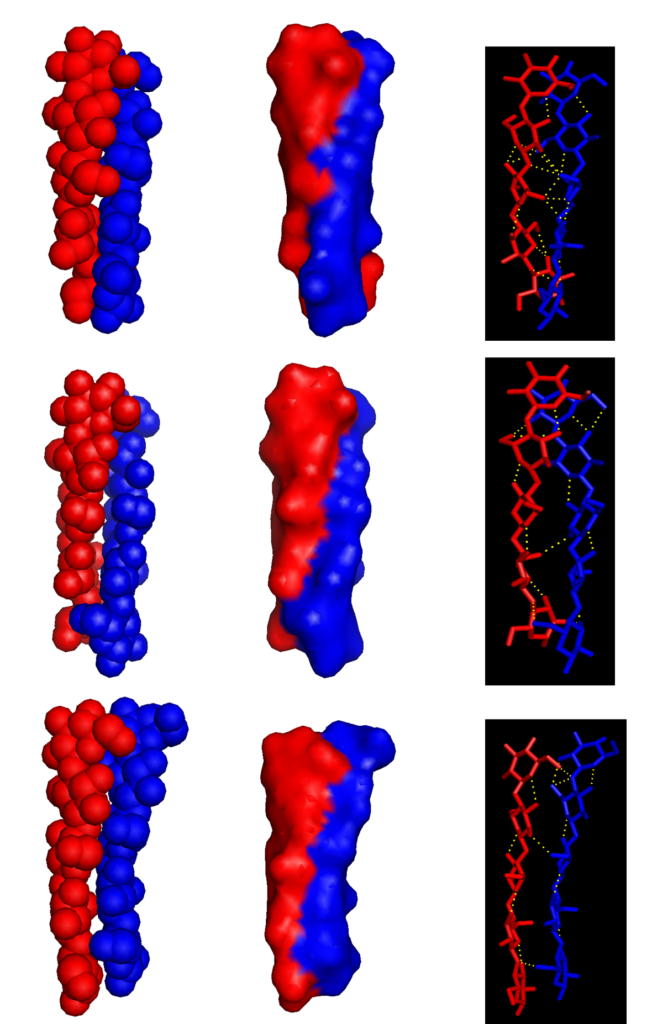Cellulose nanofibers are widely used in medical materials, aerodynamic structures, and building industries. The lightness and heat-resistance are the most significant features of these nanofibers that result from the molecular mechanism of their assembly. Yet the molecular mechanism of the fibers assembly that leads to large building units that are used in cell wall or other medical/industrial applications is poorly understood. Atomistic Molecular Dynamics (MD) simulations were carried out in my team to investigate the molecular mechanism of cellulose nanofiber assemblies. The simulations showed that hydrogen binding is the major interaction between these fibers. Two types of “cylindrical” and “plane” assemblies were formed by the fibers. The cylindrical assembly was shown to be the first building unit that is formed by the fibers and is maintained by a network of hydrogen bonds. While the plane is the second type of assembly that requires more than two fibers to stabilize. These in-silico findings could unravel the molecular mechanism of cellulose microfibers assemblies that could be engineered for industrial purposes.

